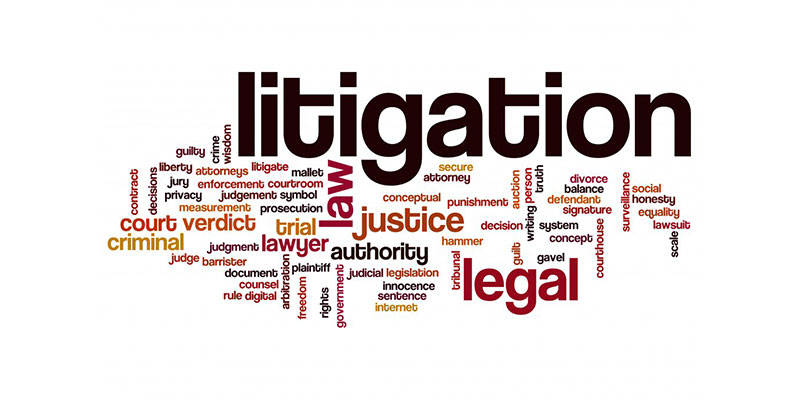Insights
The lawyers of Boussayene Knani & Associés frequently contribute to publications in several legal journals specializing in Business Law.
In addition, members of the firm regularly host training seminars on current topics in Business Law and Arbitration, intended in particular for lawyers, businesses and management executives.
Home / Insights

December 29, 2017
Garnishments: The form of the declaration provided for by articles 337 and 338 CPCC
Garnishments: The form of the declaration provided for by articles 337 and 338 CPCC: the declaration made directly by the lawyer on behalf of the garnishee – By Maître Amine KNANI.
Tunisian jurisprudence remains, on certain formal conditions relating to the declaration provided for by articles 337 and 338 CPCC, unstable, uncertain and a source of insecurity for banks and seized third parties in general.
It is in particular with regard to the declaration made directly by the lawyer on behalf of his client (the garnishee) that the courts have differed.
Indeed, articles 337 and 338 CPCC do not require that the declaration be signed directly by the garnishee. It follows that the lawyer handling the case is authorized to sign the declaration himself. The Court of Cassation has, since its judgment no. 8097 of April 17, 2001, confirmed the validity of the declaration signed by the lawyer on behalf of the garnishee.
However, in its judgment no. 20087 dated 04-25-2011, the Court of First Instance of Ariana considered that “the conclusions presented by the lawyer of the garnishee cannot in any way be assimilated to the declaration provided for by Article 337 CPCC”.
The Court of Appeal of Tunis subsequently, in its judgment n°27776 rendered on 07-03-2012, overturned this judgment by emphasizing that “the lawyer in his capacity as agent of the garnishee is indeed authorized to present the declaration himself on behalf of the garnishee”.
To avoid the hazards inherent in the absence of a principled judgment definitively resolving this issue, it is recommended to present the declaration with the stamp and signature of the garnishee.
Finally, for the declaration to be valid, it must be corroborated by all the means of proof available to the garnishee. A declaration devoid of supporting documents falls within the scope of article 341 CPCC which in such cases considers the garnishee “debtor pure and simple with regard to the seizing and opposing creditors and ordered to pay them the amount of their debts without prejudice of all damages.”
